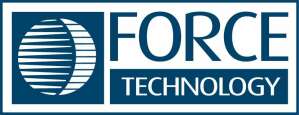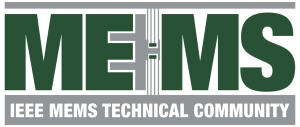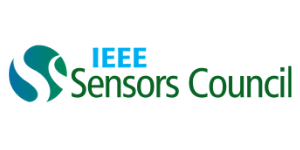Sameer Sonkusale is a Professor of Electrical and Computer Engineering at Tufts University with joint appointments in the departments of Biomedical Engineering, and Chemical and Biological Engineering. He held visiting appointments at the Wyss Institute, Harvard University and Brigham and Women’s Hospital, Harvard Medical School and served as associate dean of graduate education at School of Engineering, Tufts University. Dr. Sonkusale’s research is focused on biomedical devices, sensors, circuits and systems, flexible bioelectronics, point-of-care diagnostics, precision medicine and miniaturized bioinstrumentation.
Dr. Sonkusale received MS and PhD in Electrical Engineering from the University of Pennsylvania. He has received several awards including the National Science Foundation CAREER award. Dr. Sonkusale is on the editorial boards of Scientific Reports, IEEE Transactions on Biomedical Circuits and Systems, Journal of Low Power Electronics and Application, Chips, PLoS One, and Electronic Letters and a senior member of the IEEE, and OSA, MRS, BMES and AAAS member.



















